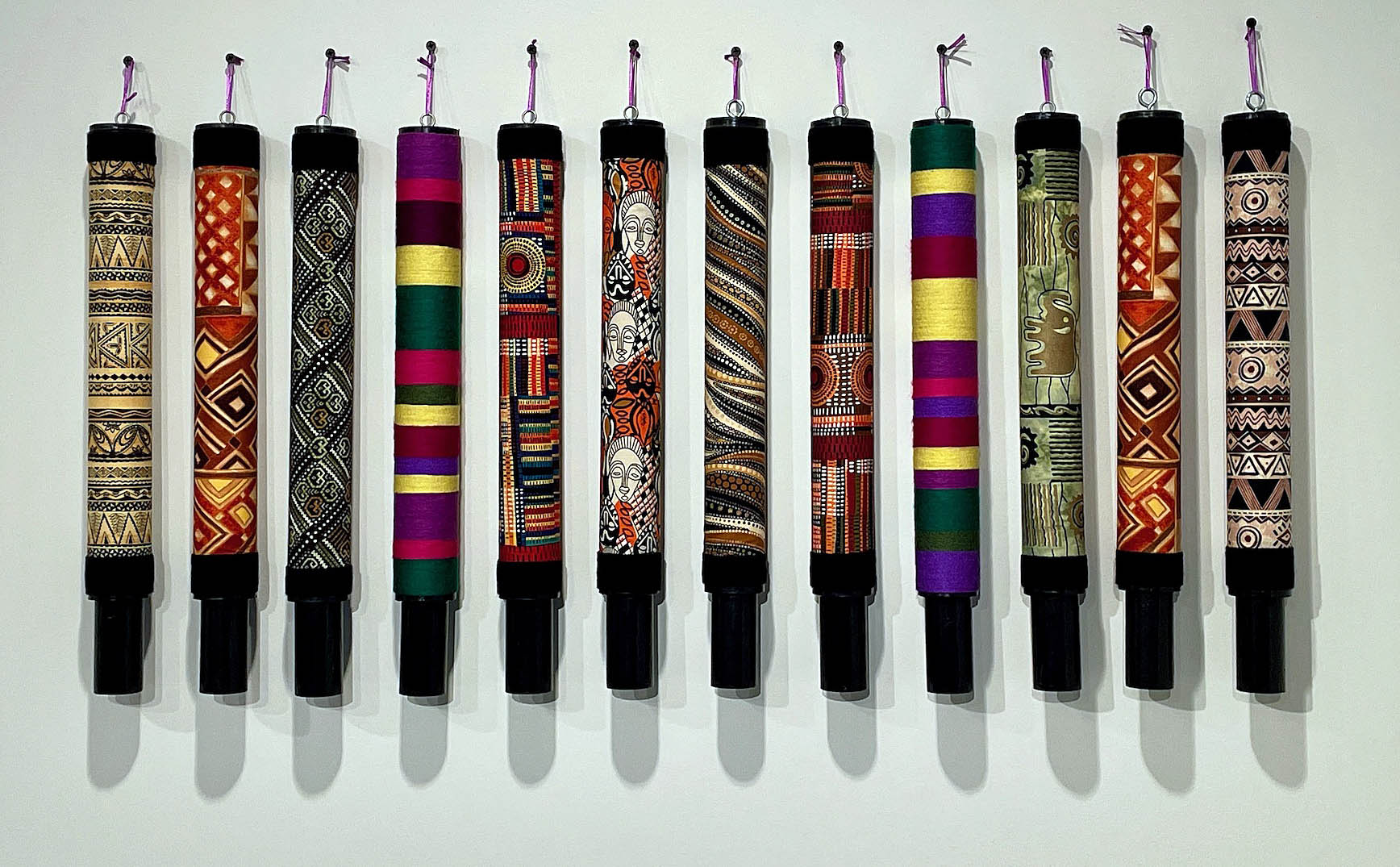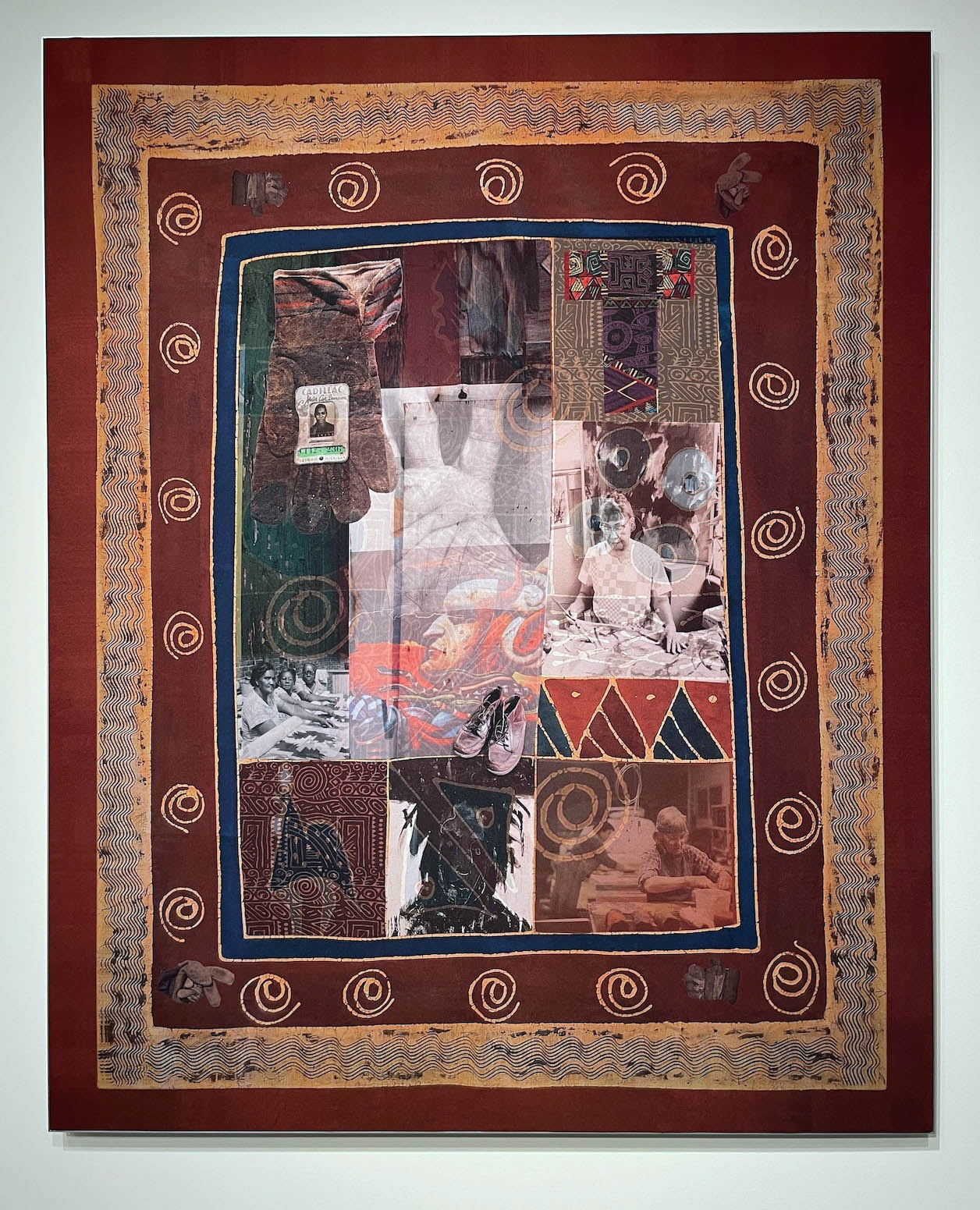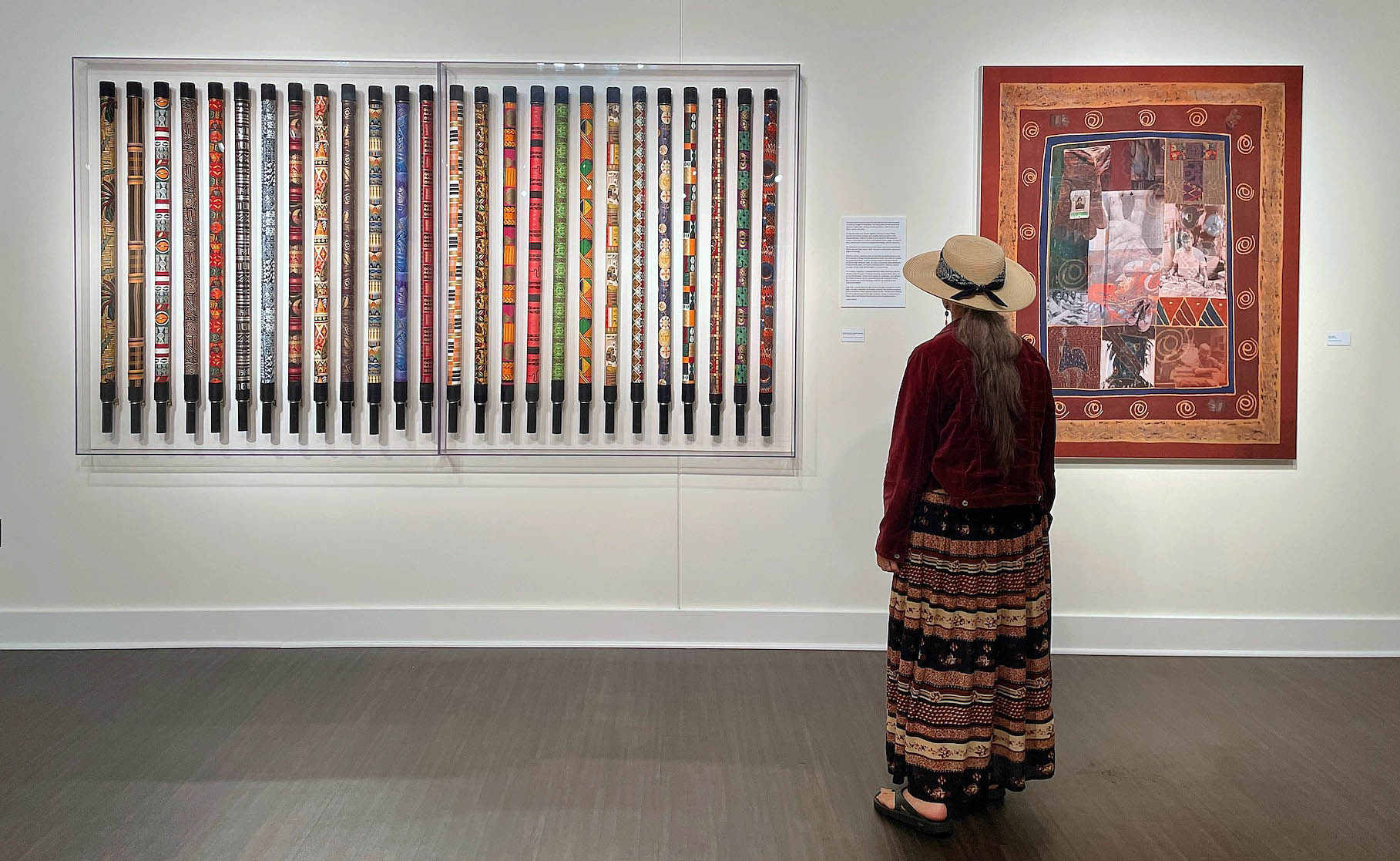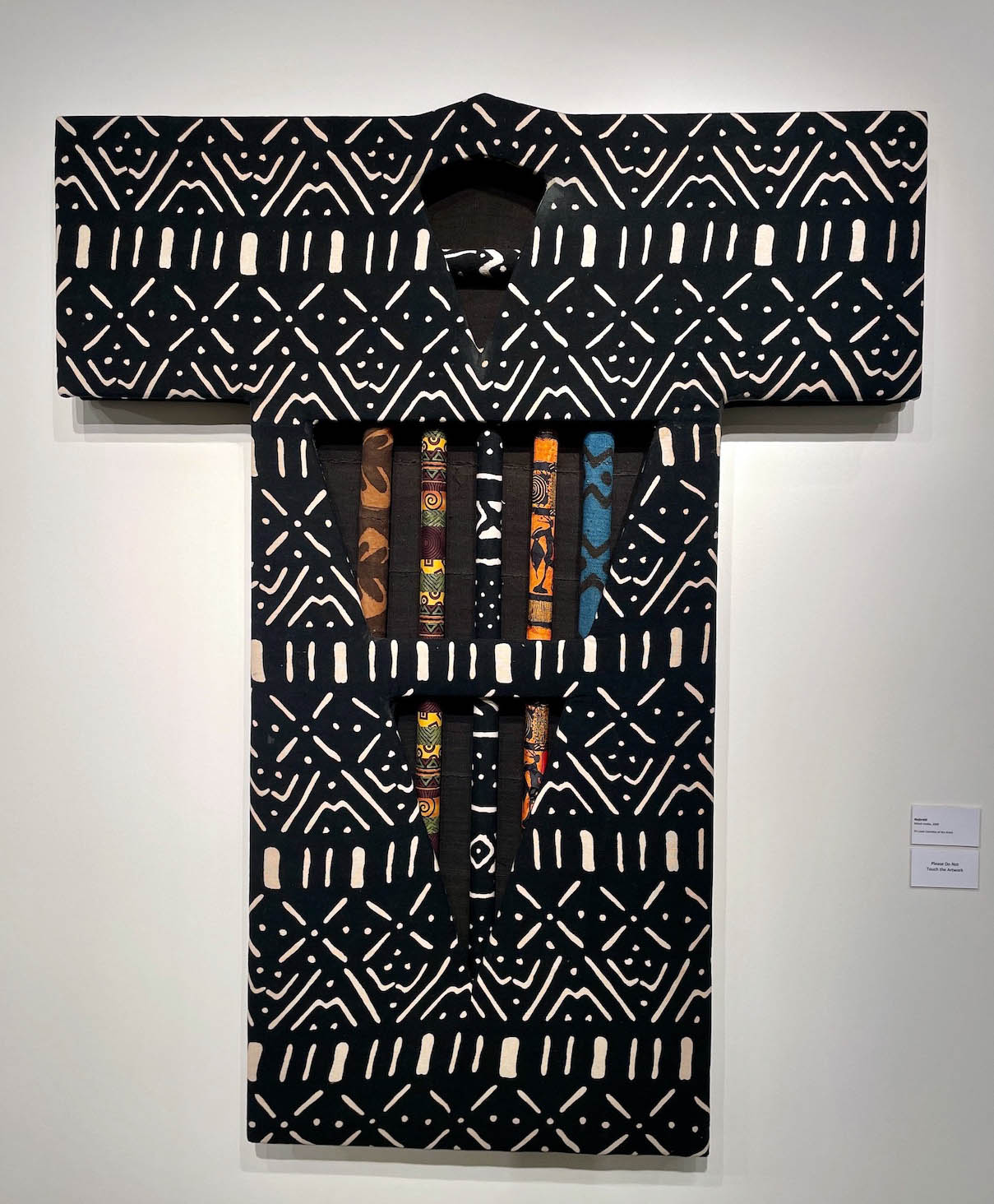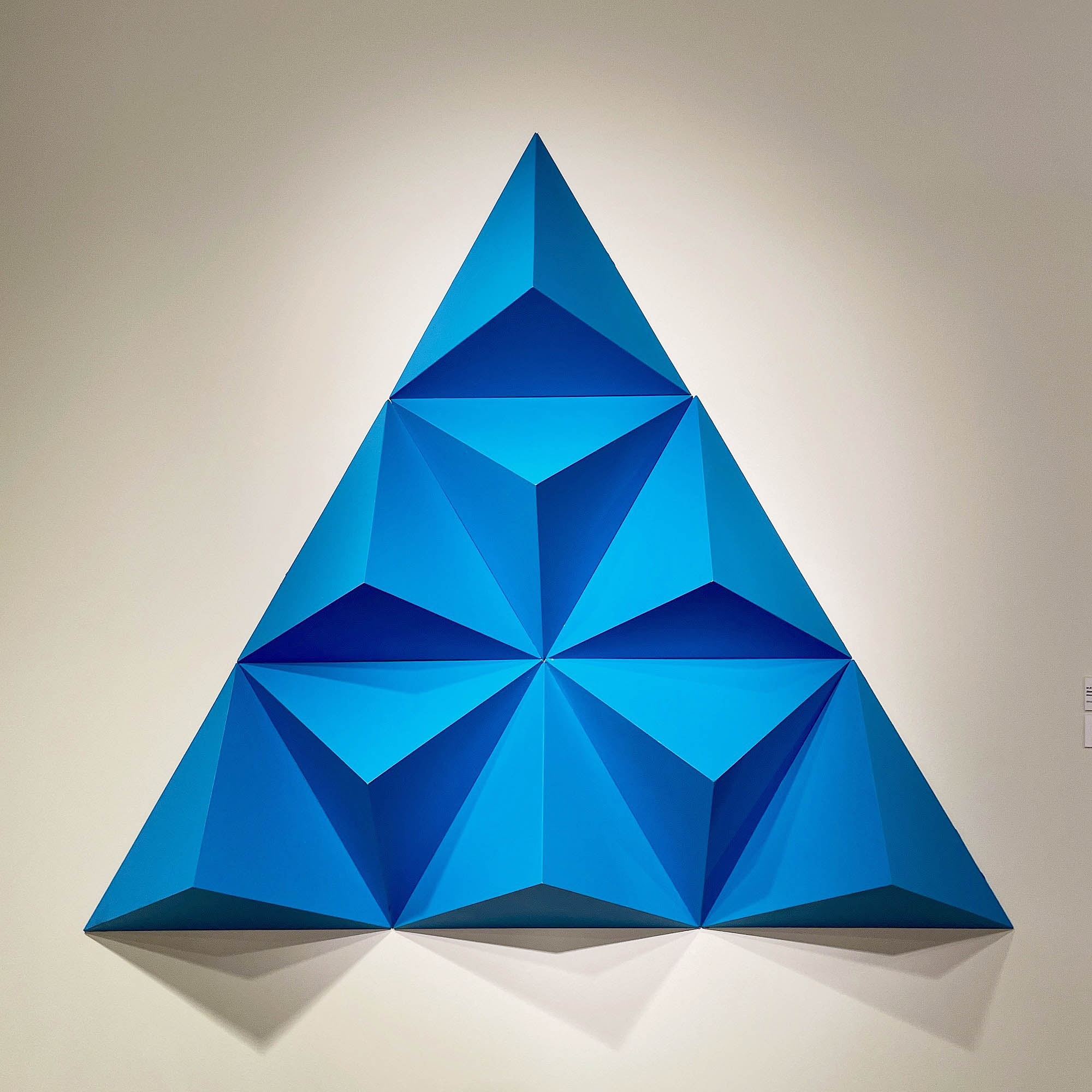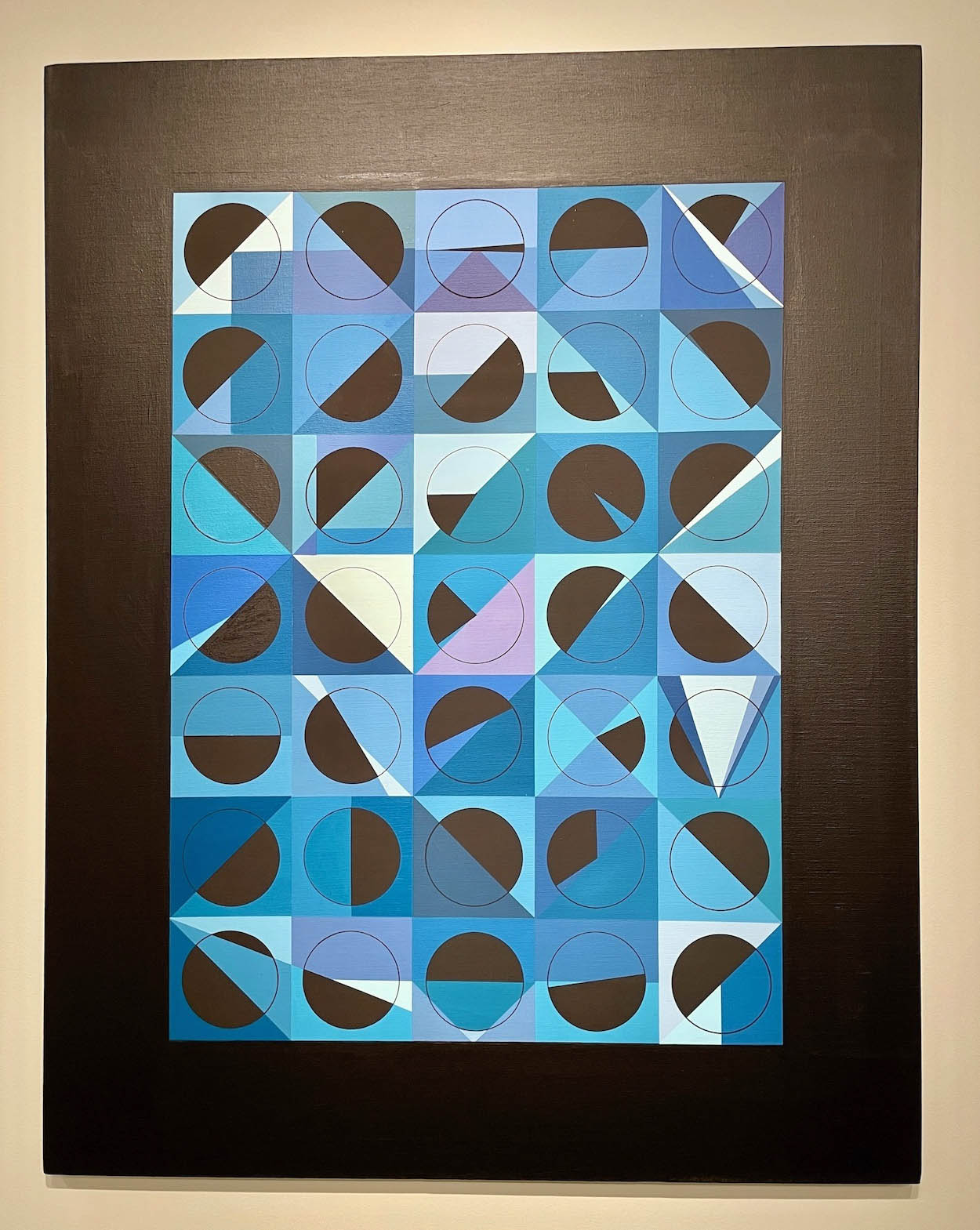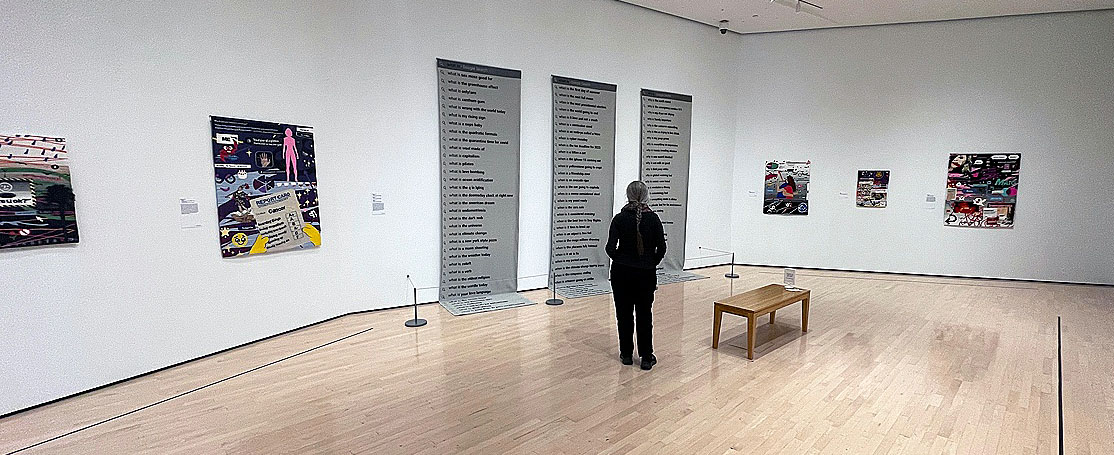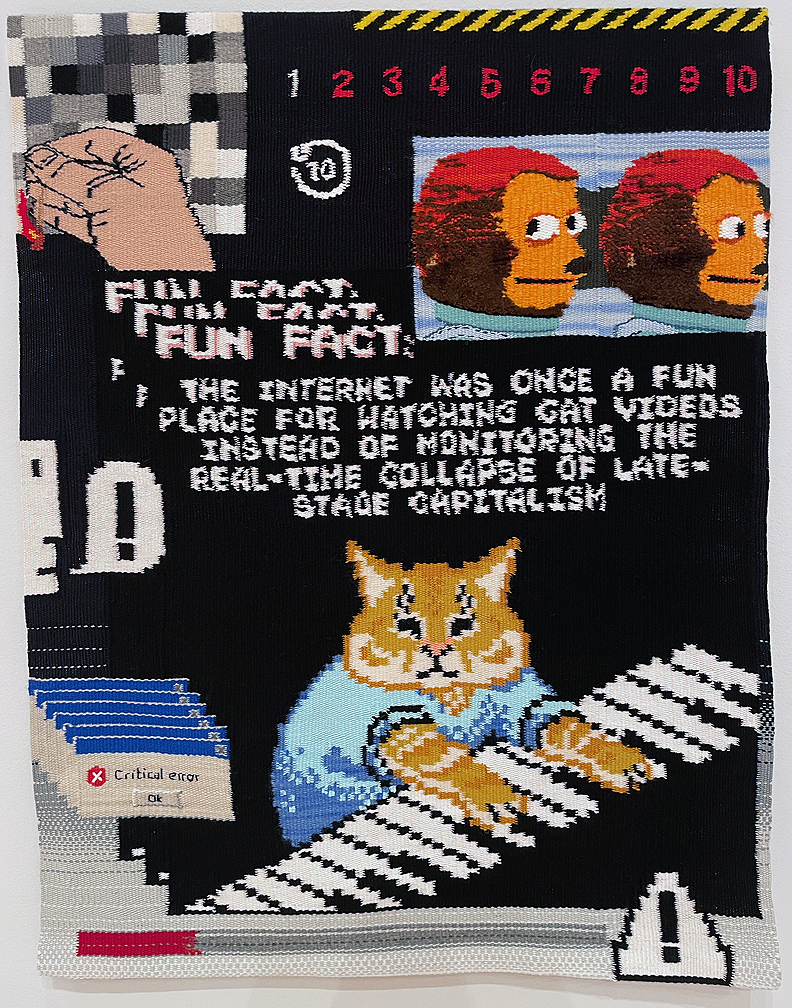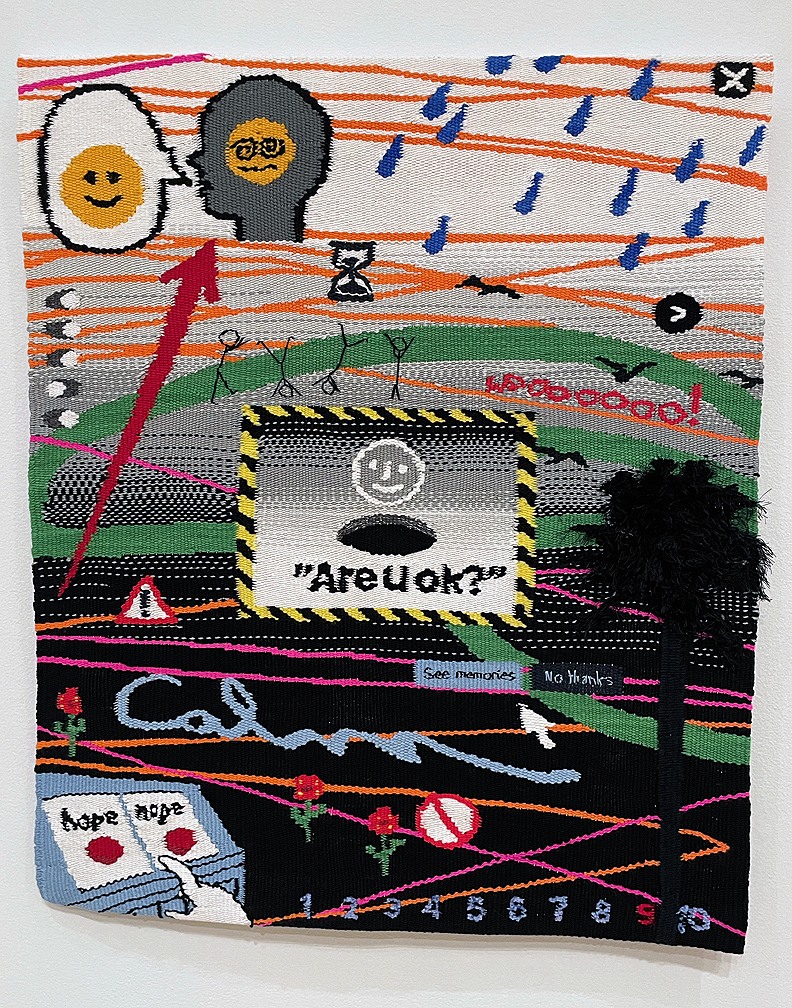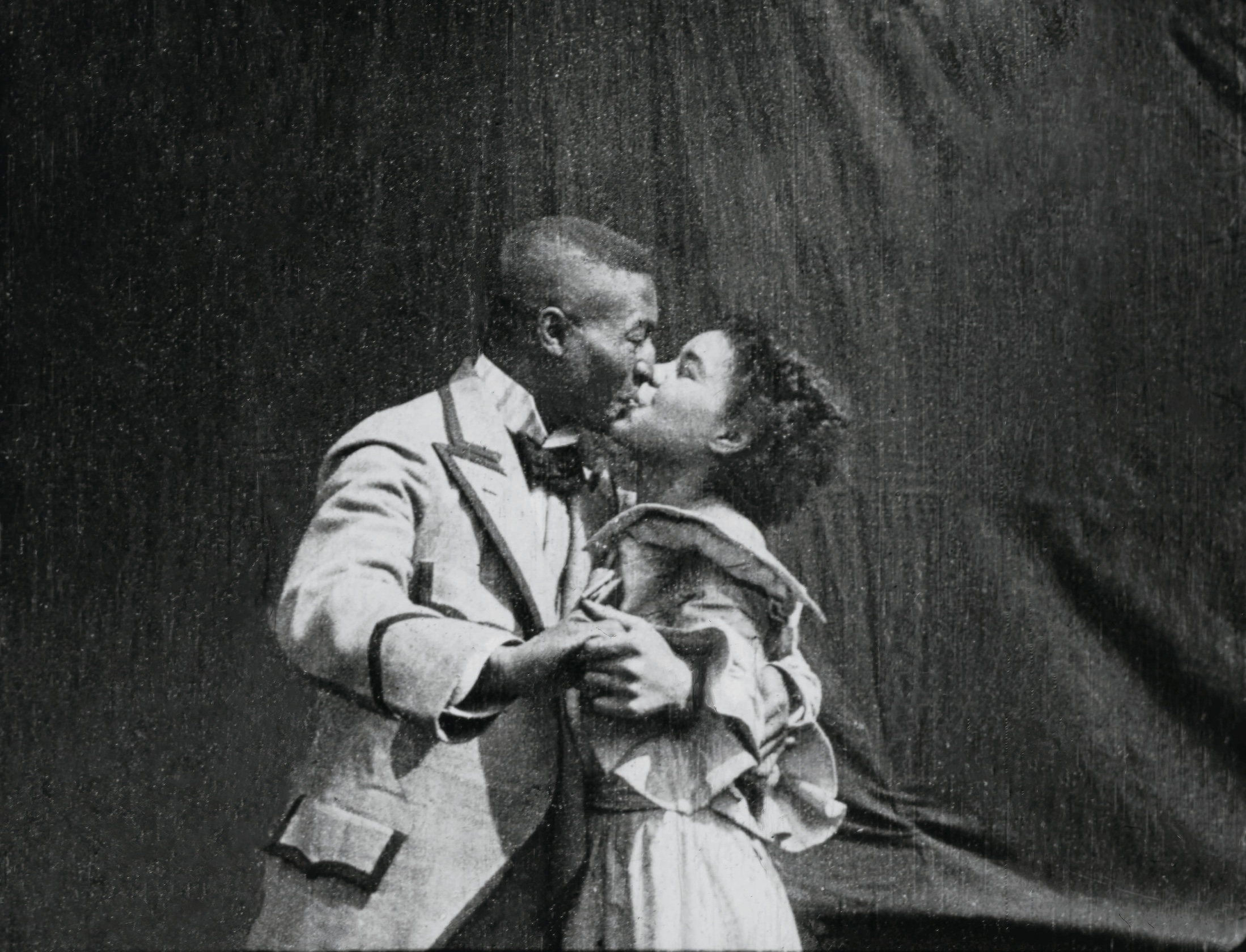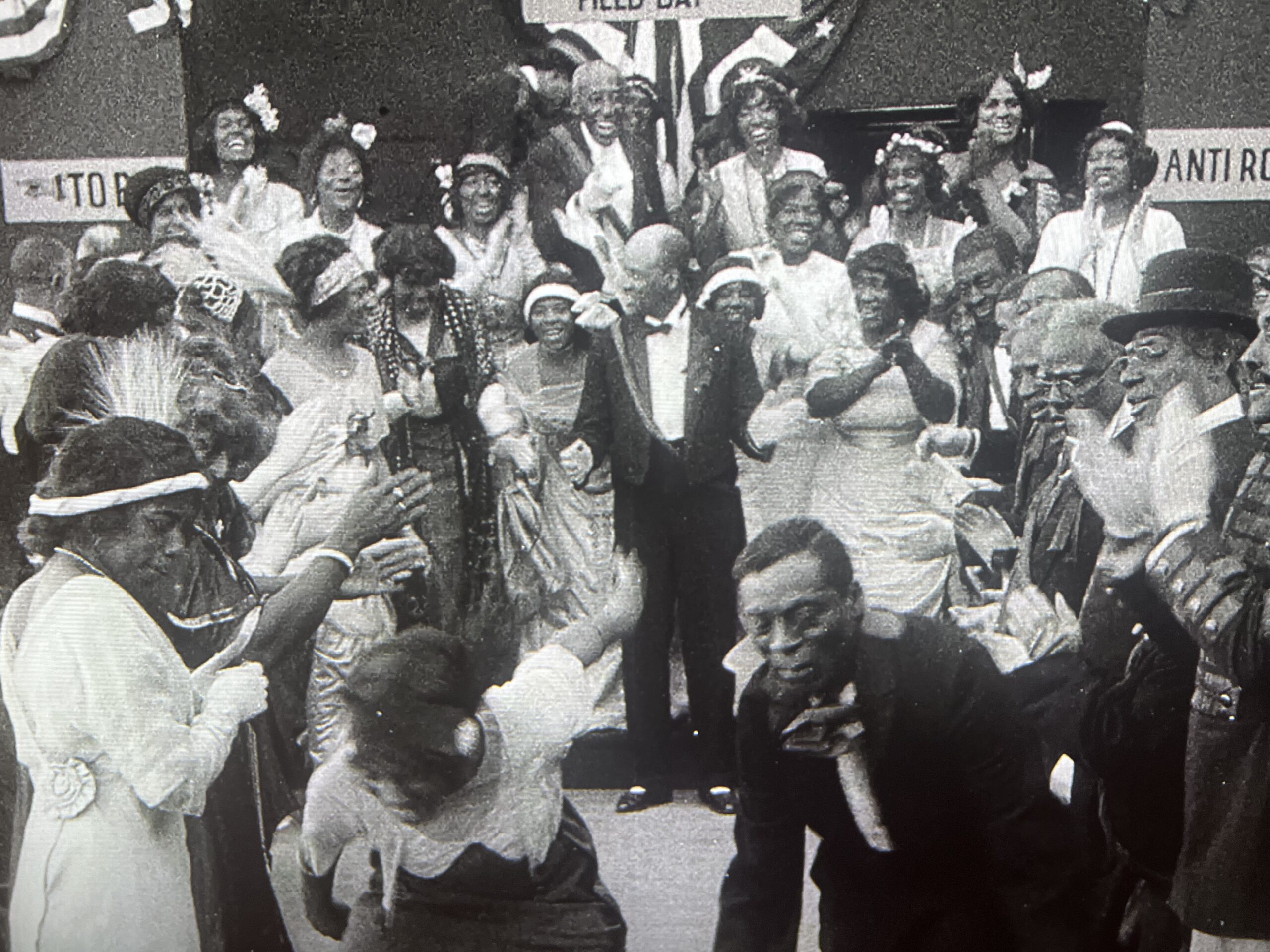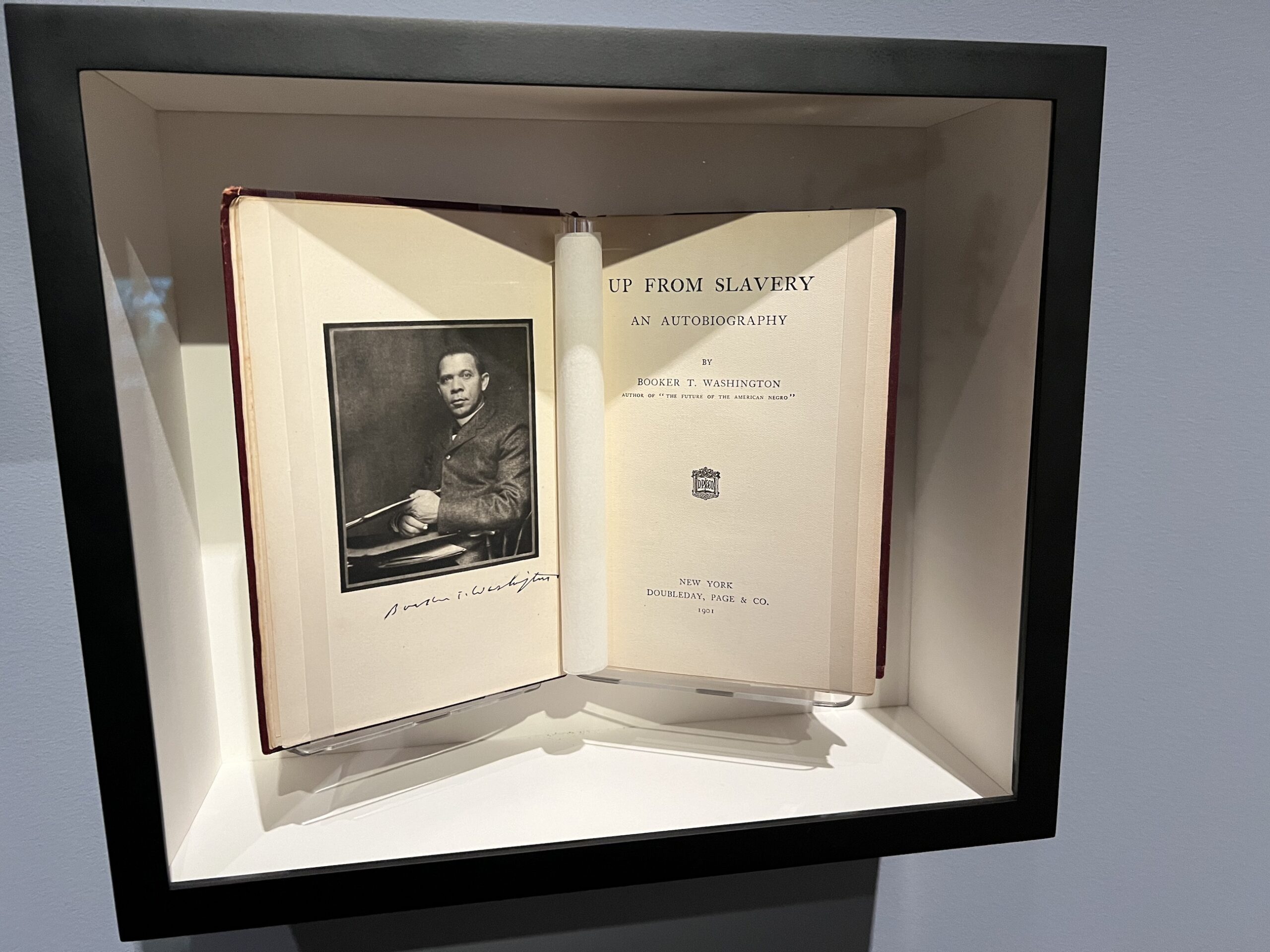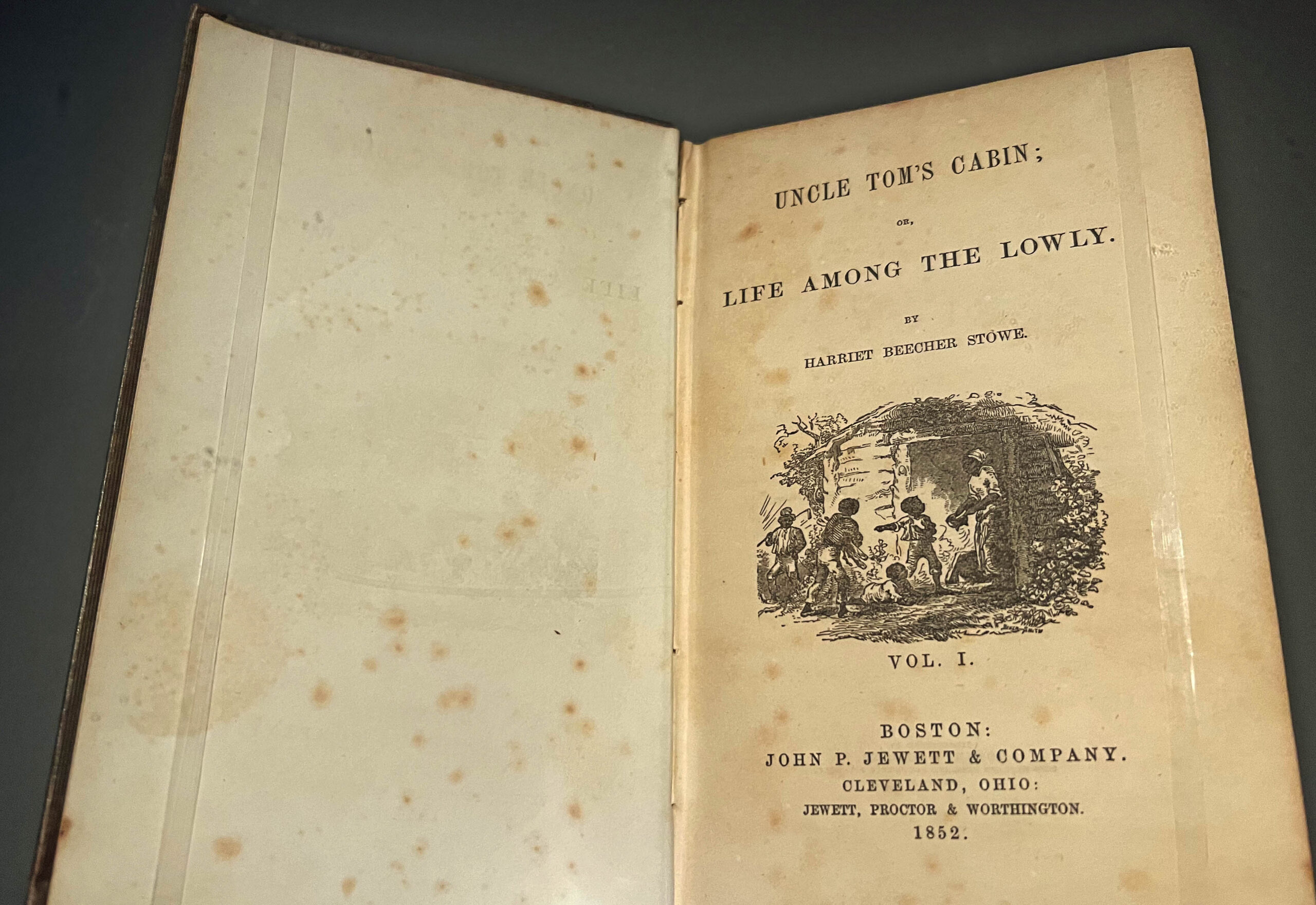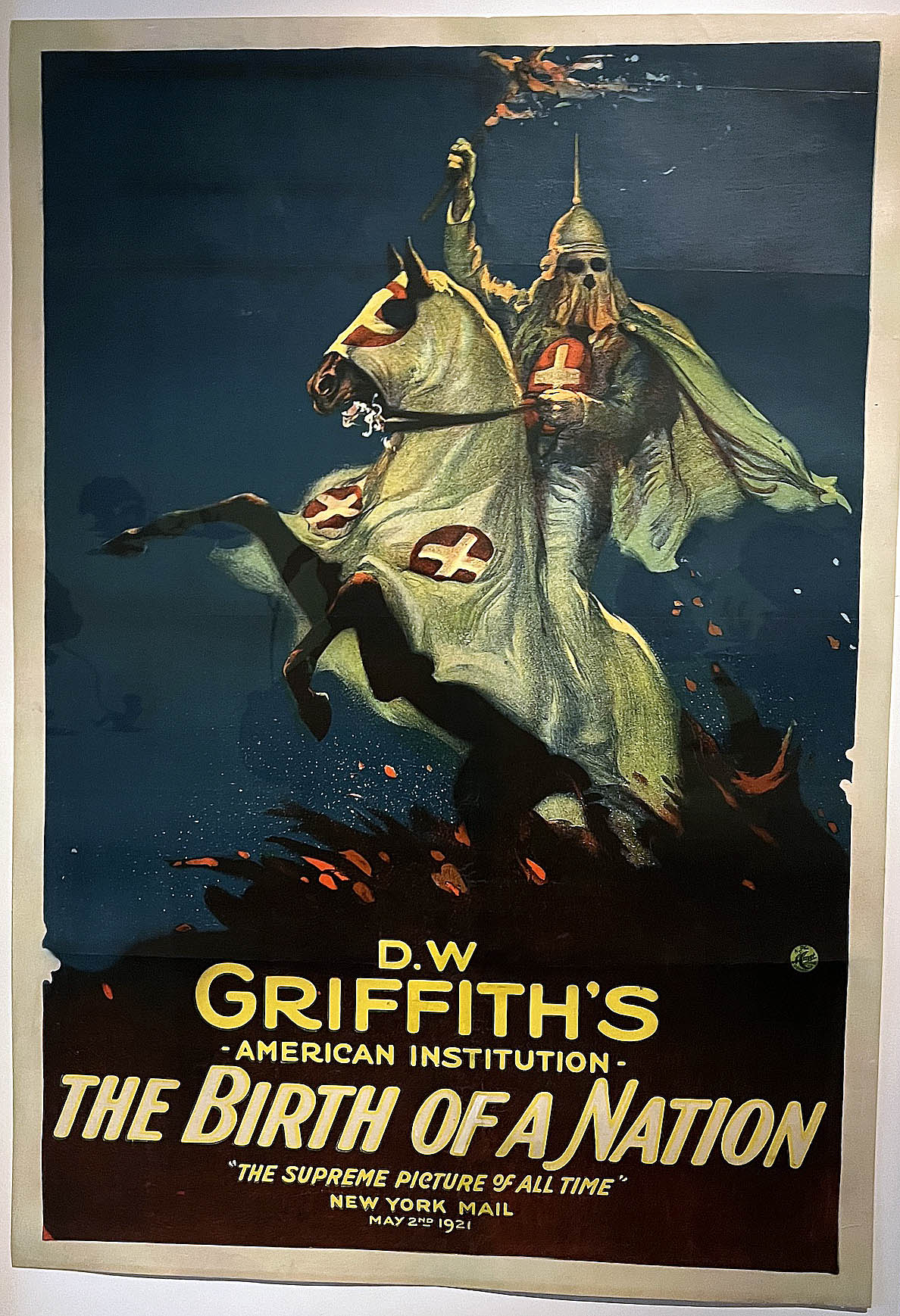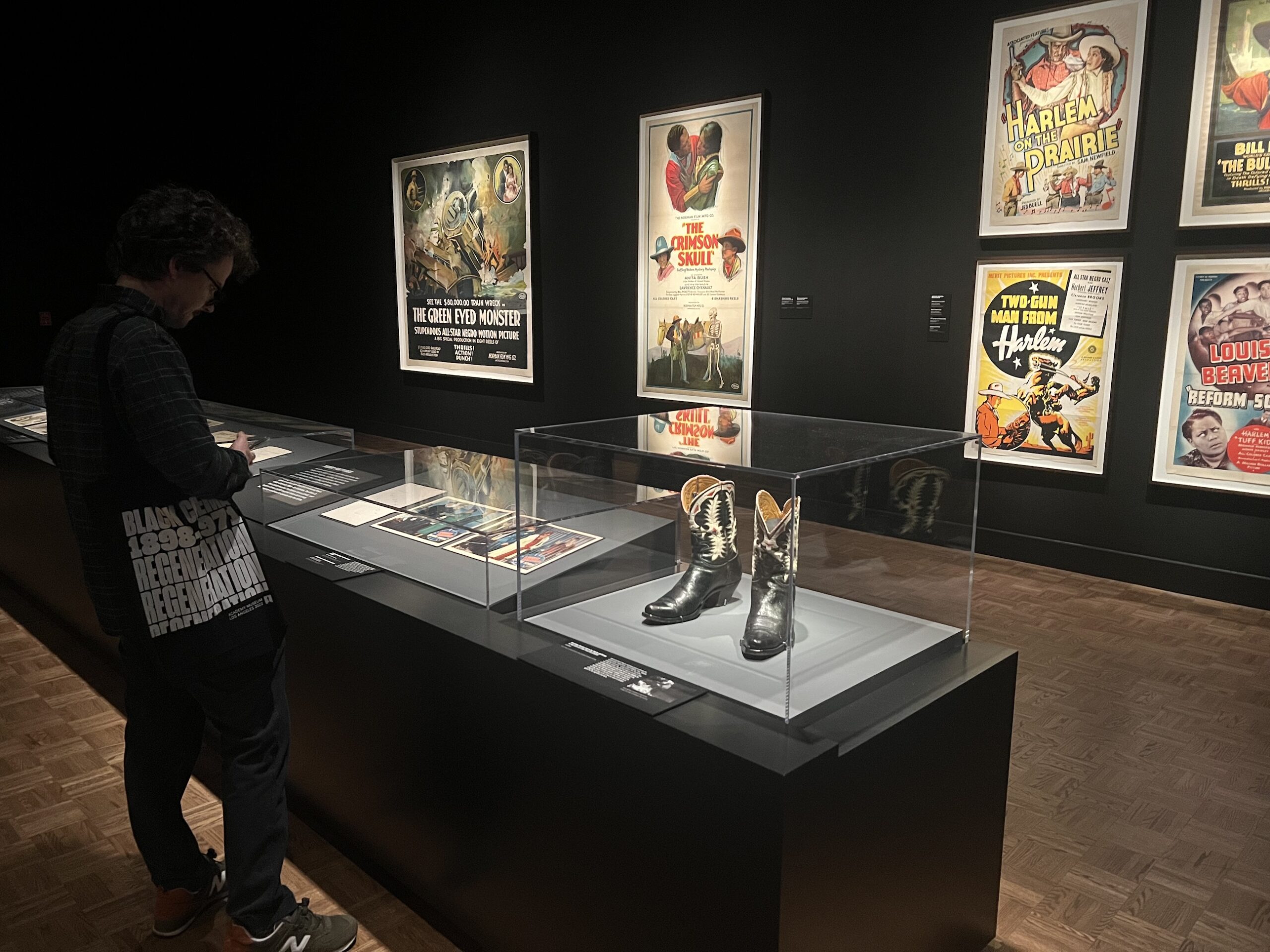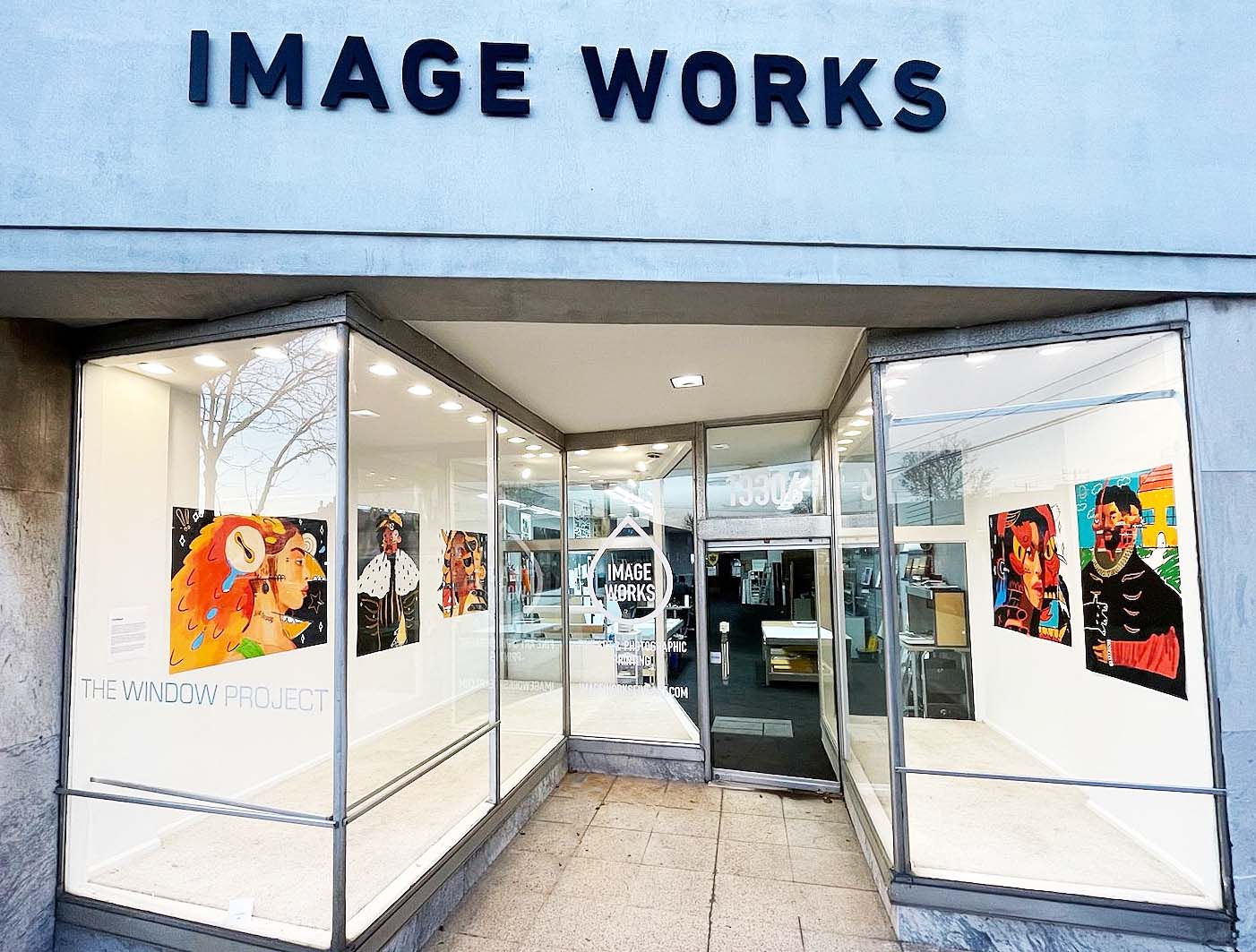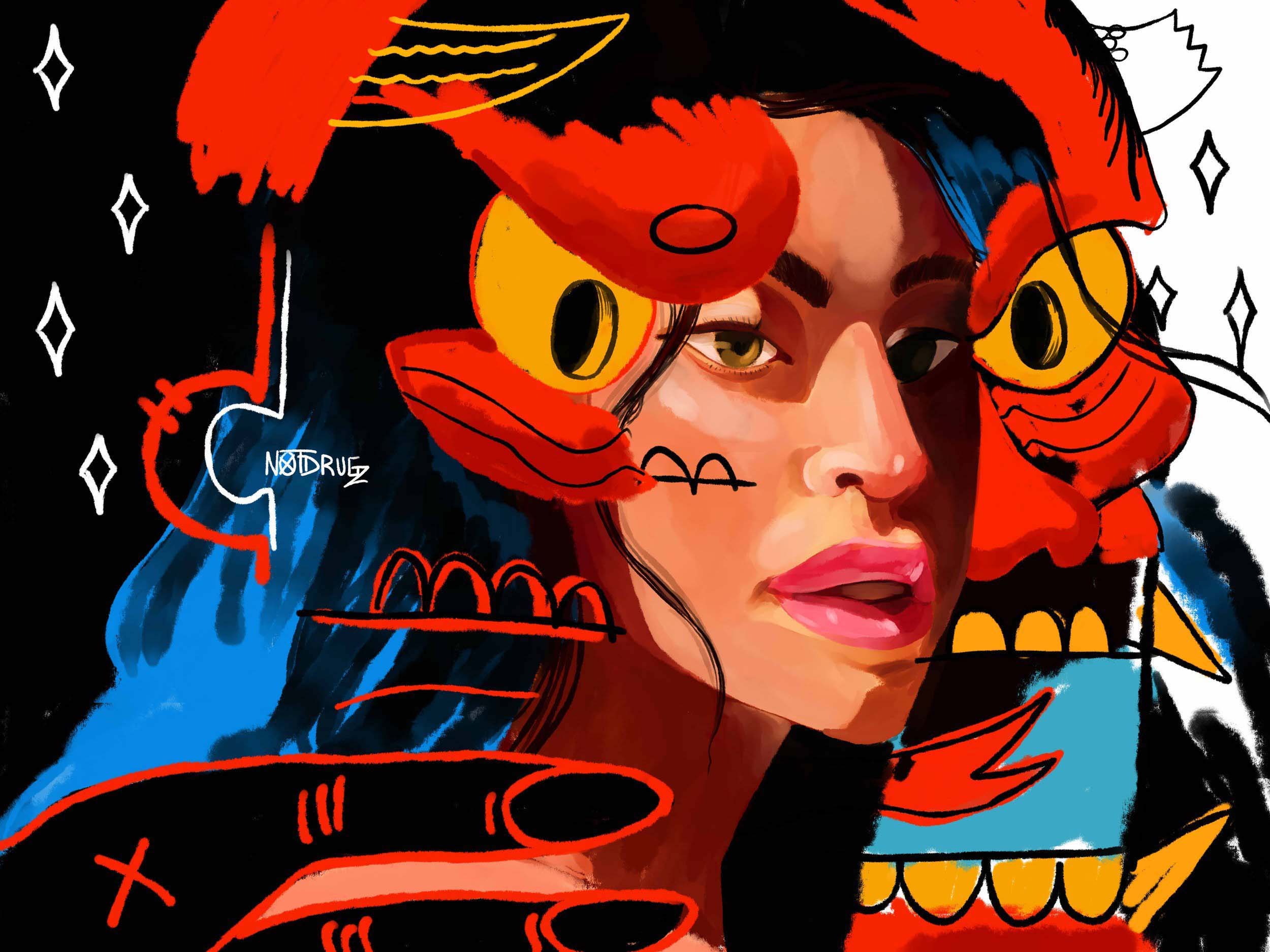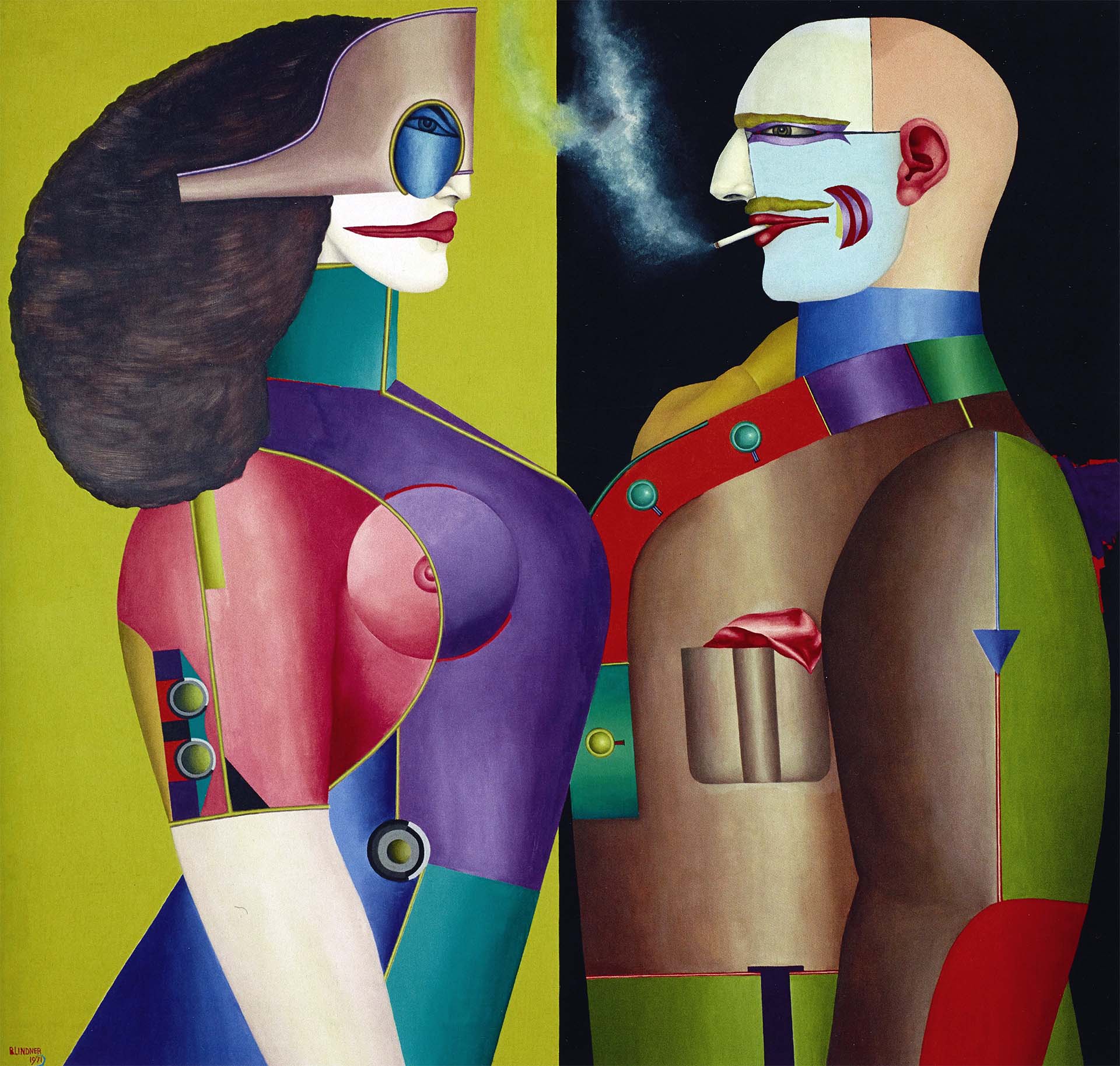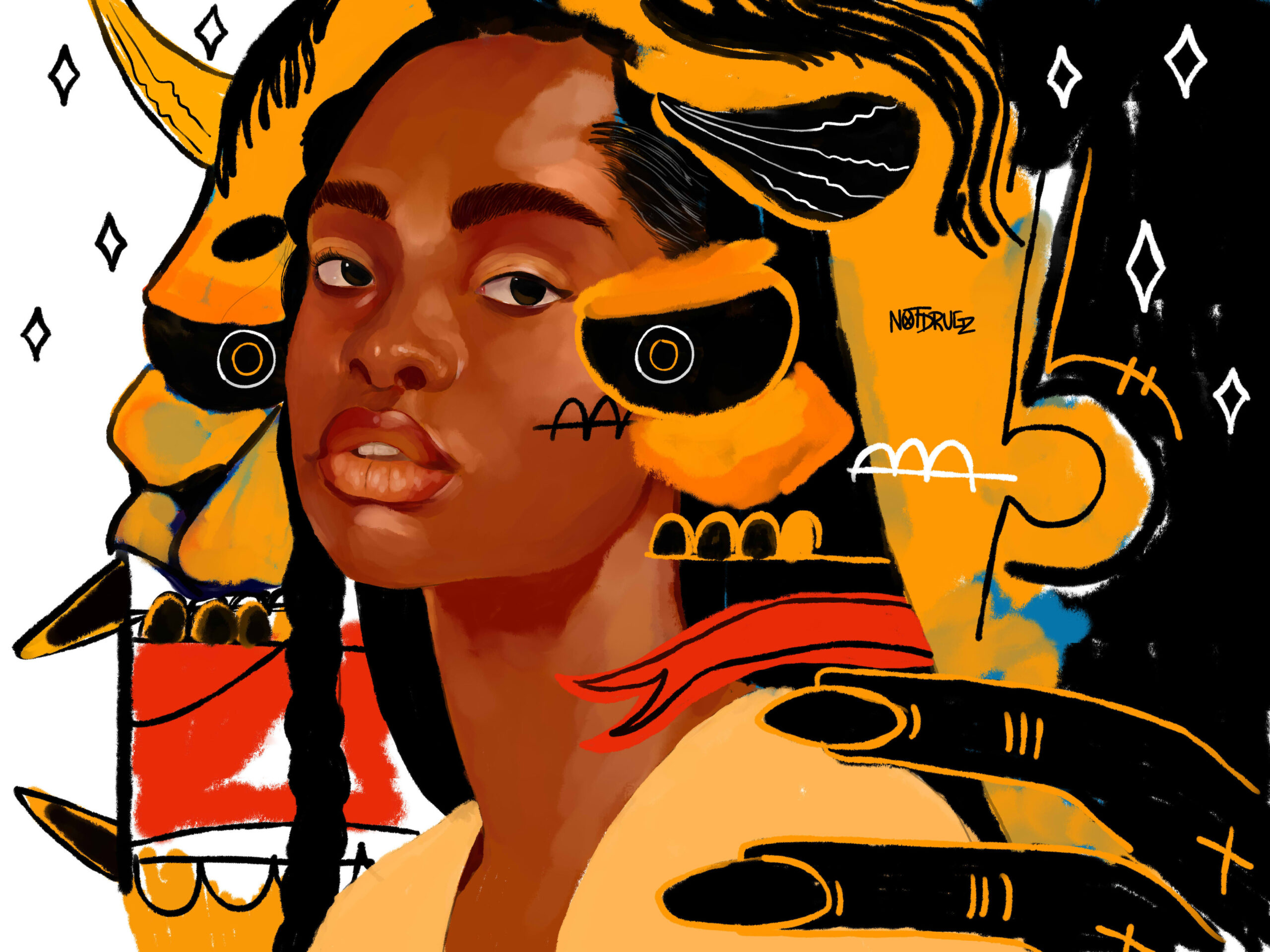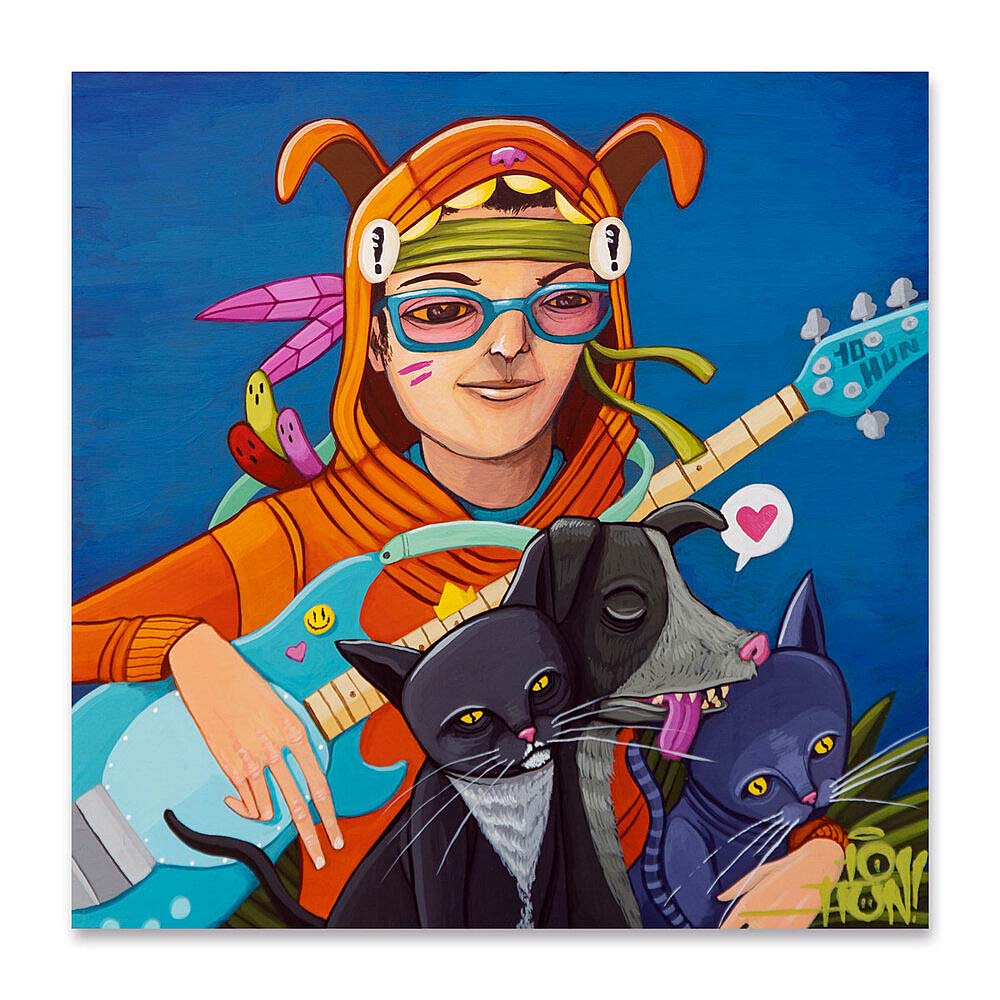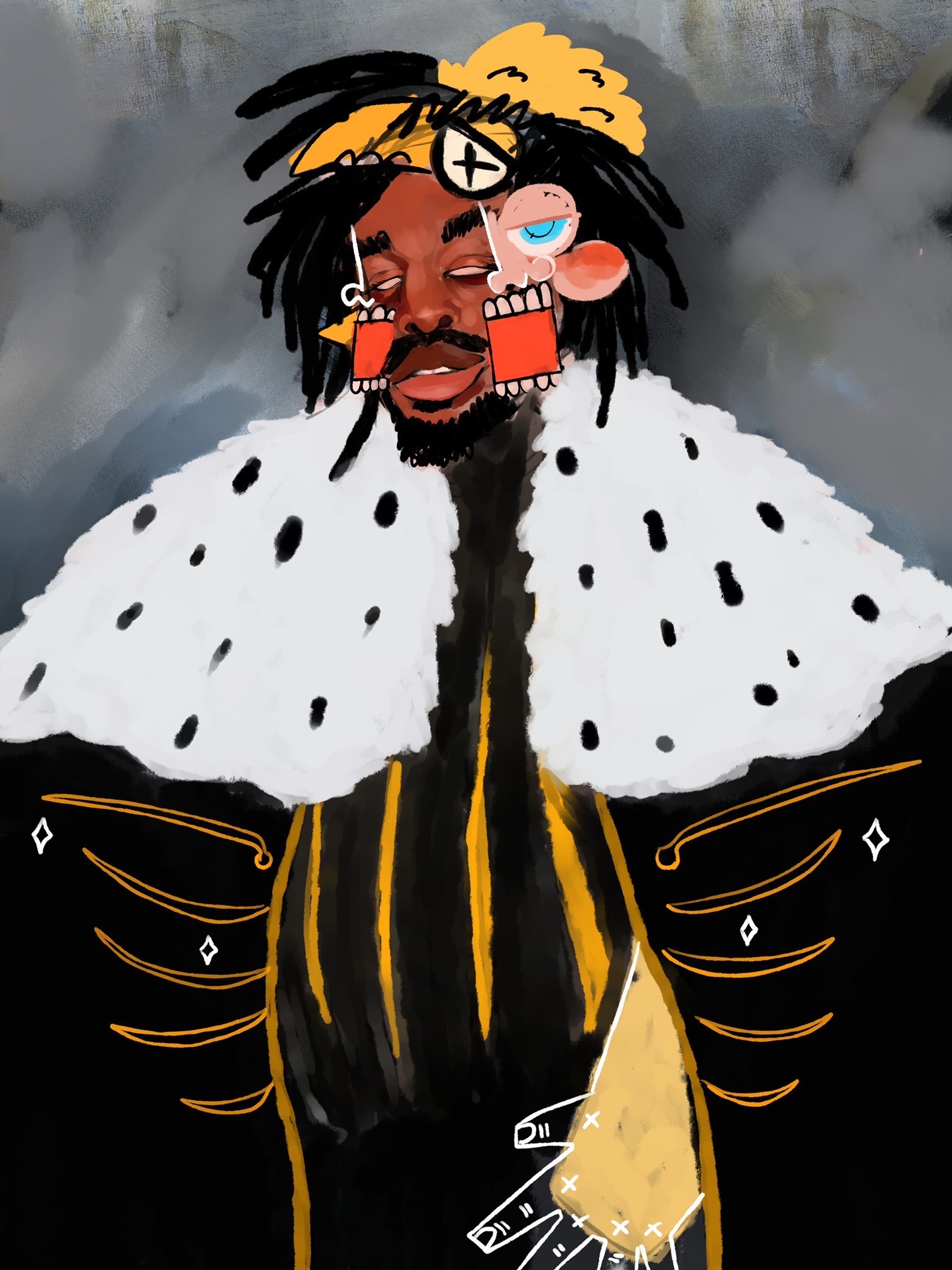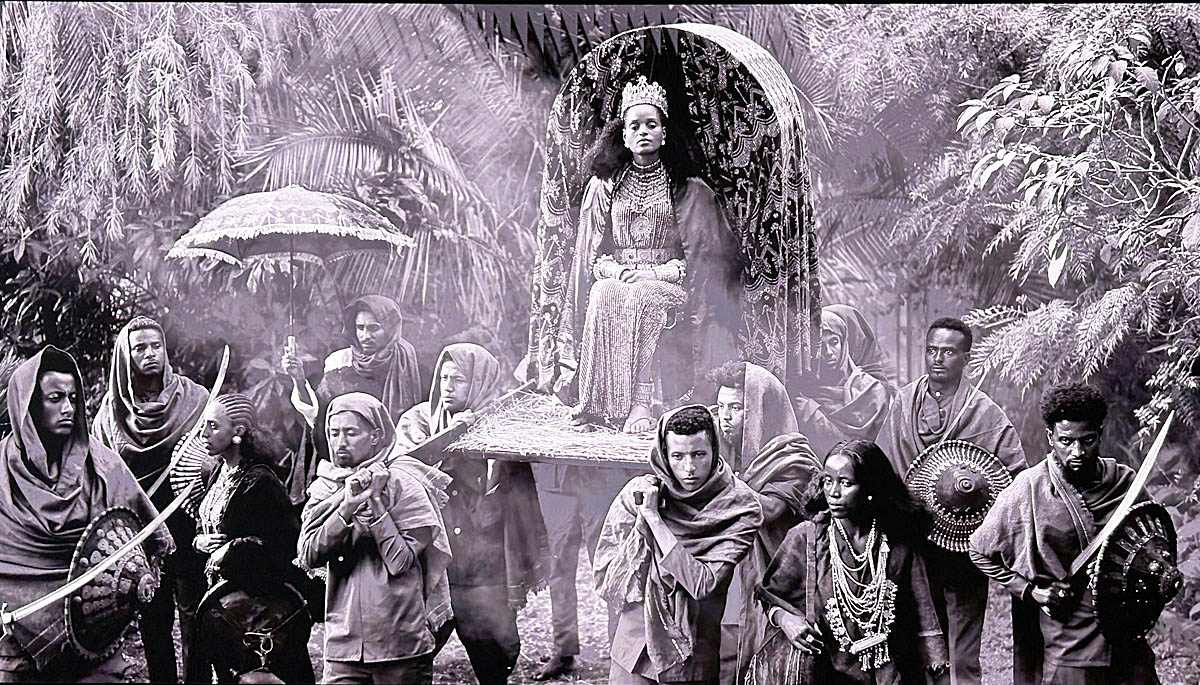
House of Yatreda (est. 2021), Abyssinian Queen, 2024, 1/1 NFT single-channel video. “Beneath the dense canopy of an ancient forest that divides her realm and blurs the line between history and legend, the Abyssinian queen journeys from one kingdom to another within historic Abyssinia, carried with solemn grace by her devoted attendants.” All photo images by K.A. Letts unless noted.
Ethiopia’s long history as an important but often overlooked center of world art is getting a sweeping survey in the Toledo Museum of Art’s newly opened exhibition, “Ethiopia at the Crossroads.” From now until November 10, images and objects from the horn of east Africa illustrate the region’s importance as a point of contact for trade and cultural exchange beginning in the 7th Century BCE. Myths and stories derived from a wealth of sources, from indigenous religions to archaic Judaism to Byzantine Christianity and Islam, form the basis for a composite culture that is uniquely coherent and remarkably complex.
In antiquity, the Nile provided Ethiopia’s traders and envoys with access to Egypt and the civilizations of the Mediterranean Sea. Contact with the Byzantine empire brought eastern orthodox Christianity, which then developed, in conjunction with other local mythic influences, its own idiosyncratic religious identity. Ethiopia was only the second country—after Armenia–to adopt Christianity as its state religion in the 4th century CE.
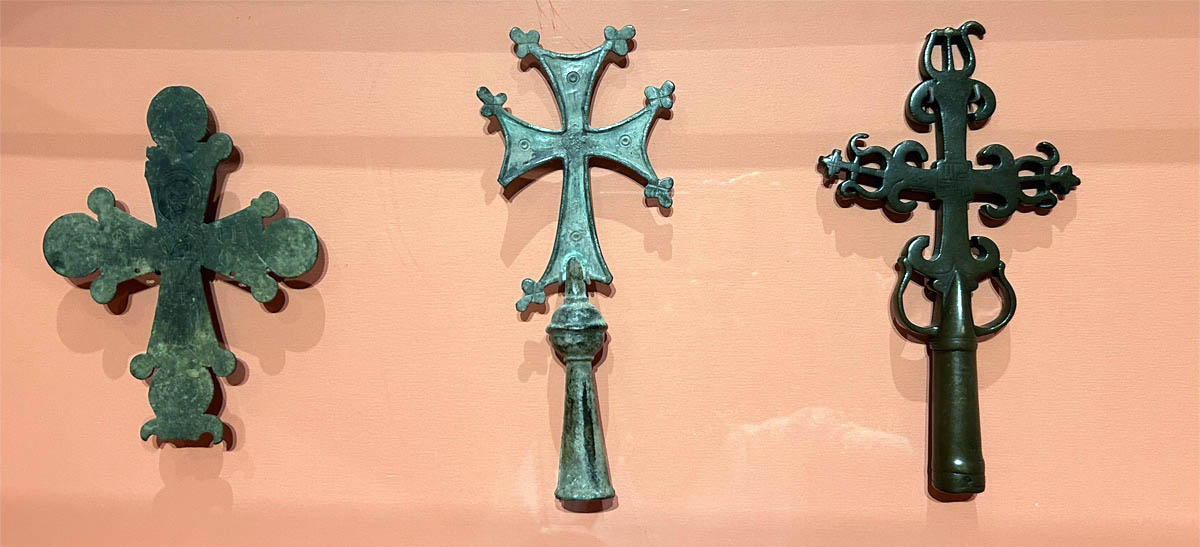
(l. to r.) Cross with St. Blaise, 10-11 c., copper alloy (Walters Art Museum), Processional Cross, 10 c. – 12 c., brass alloy, (Dallas Museum of Art), Processional Cross, 13 c. bronze, (Institute of Ethiopian Studies Abbas Ababa)
“Ethiopia at the Crossroads“ can be described as two exhibitions in one, actually. One collection of artworks, along with extensive photo documentation, centers on the country’s rich and lengthy art history. Another strand of the exhibition, woven seamlessly into the historical record, presents the work of contemporary Ethiopian artists and makes a convincing case that these living creatives are successfully carrying their unique cultural identity into the 21st century.
After entering through the circular rotunda at the beginning of the exhibition, museum visitors will journey through a complex narrative of the region’s cultural patrimony that includes more than 225 artifacts stretching over 1750 years. Devotional painted icons, manuscripts, coins, textiles and basketry, metalwork and carved wood crosses of various scales from periods from 7 century BCE through the 19th century CE form a beautiful and emotionally resonant parade that marches down the center of the main gallery. The exhibition design features a long, purpose-built terracotta-colored display structure that organizes what could easily be a baffling collection of diverse influences and objects. On the outer perimeter of the central structure, smaller groupings of objects amplify elements of Ethiopia’s long and complex story. Included in these collections are small, glazed black terracotta figurines characteristic of the Ethiopian Jewish community and wooden Waakaa memorial figurines from the Konso people of South Ethiopia. Illuminated manuscripts of both Christian and Islamic provenance are represented as well as magic healing scrolls that illustrate the hybrid beliefs characterizing Ethiopia’s Orthodox Christianity.
Folding Processional Icon in the Shape of a Fan, late 15 c., tempera with ink on parchment, wood handles, 24 ¼” x 154 1/8” x 4 ¾” (Walters Art Museum) photo: Toledo Museum of Art
The gallery holds a particularly rich trove of religious artifacts from the liturgical history of Ethiopia. A standout is the rare Folding Processional Icon in the Shape of a Fan, created in the late 15th century and one of only 6 known to exist. Illustrating the influence of European artists in icon painting are two side-by-side pictures representing the Madonna and Child. The two paintings demonstrate how European religious tropes were routinely translated into Ethiopian visual language. One is by Ethiopian artist Fare Sayon (active 1445-1480,) and the other is from the workshop of Venetian Bartolomeo Vivarini (ca. 1485.) Using the vivid colors characteristic of the Ethiopian palette, Sayon makes the image his own by adding two flanking angels important in Ethiopian Christianity, Michael and Gabriel, and interpolates elaborate textile patterns into the figures’ garments.
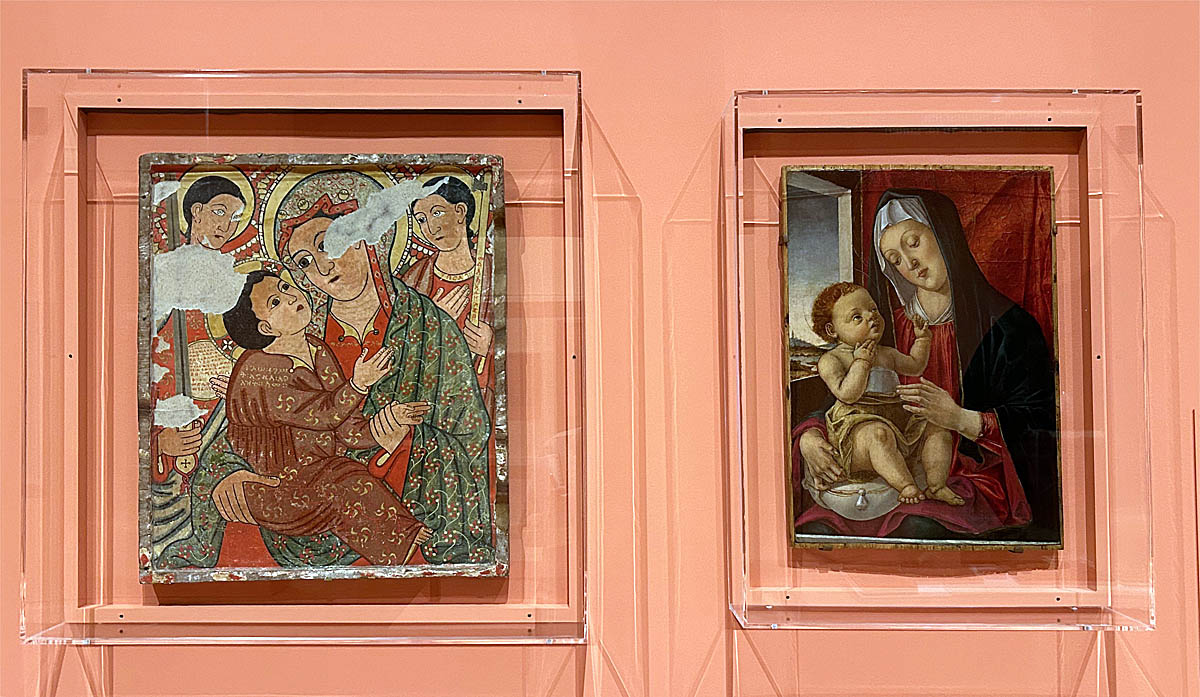
(l. – r), Fare Sayon (Ethiopian) Diptych (right panel) Virgin Mary and Christ Child with Archangels Michael and Gabriel, ca. 1445-1480, glue tempera on panel Workshop of Bartolomeo Vivarini, Venice, Madonna and Child, egg tempera on panel.
The co-location of work by contemporary Ethiopian artists alongside historical artifacts demonstrates how a coherent identity based upon shared myths and traditions has persisted over time. Of particular interest is work by the House of Yatreda, a family-based artist collective now in a year-long residence at the Toledo Museum of Art. At the entrance to the exhibition, a large photo portrait (Mother of Menelik) minted on blockchain combines the traditional folklore of Ethiopia with web-3 technologies. The House of Yatreda’s leader, Kiye Tadele, poses as Makadda, the legendary Queen of Sheba, pregnant with Menelik, the offspring of King Solomon and founder of Ethiopia’s Solomonid dynasty. In a large gallery towards the back of the exhibition, a series of large-scale black and white single-channel videos by the House of Yatreda, entitled Abbysinian Queen, is on display. Described as “in the style of tizita (nostalgia or longing for the past),” the narrative follows the journey of an imaginary Ethiopian queen traveling through mystical forests to new kingdoms.
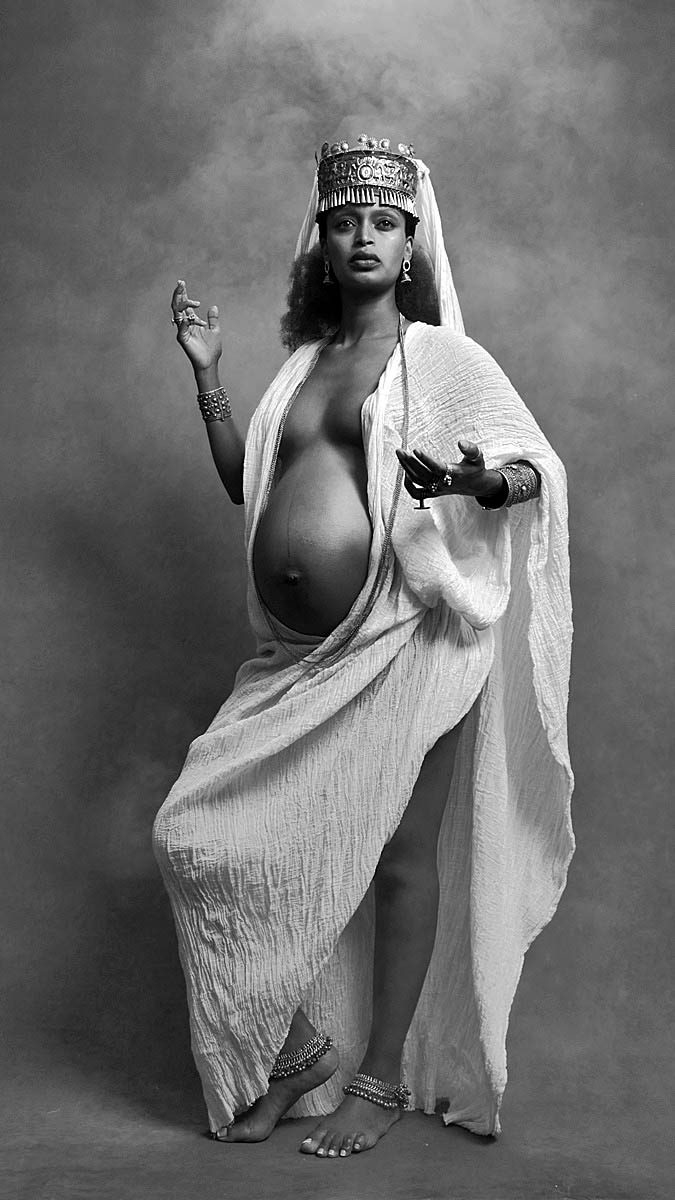
House of Yatreda (est. 2021), Mother of Menelik, 2023, NFT single channel video, photo: Toledo Museum of Art
The many creatives in the exhibition are a testament to the ongoing vibrancy of the region’s visual culture. Elias Sime of Addis Ababa, London-born Theo Eshetu, and Helina Metaferia of Washington, D.C., among many others, showcase the ongoing cultural significance of present-day Ethiopian art. Their work demonstrates that the artists share a strong stylistic correspondence between their art’s historical antecedents and their own work. Elias Sime’s Tightrope, Zooming (2012), now in the collection of the Toledo Museum of Art, is an elaborate longitudinal mosaic made from discarded elements of digital technology—circuit boards, computer keyboards, and the like. Helina Metaferia has created her version of a traditional metalwork crown that carries a meaning that is both royal and religious. With it, she honors Empress Taytu Betul, a national hero of the resistance against the invading Italian army in 1896. The traditional crown installed next to it shows, once again, the common sensibility that unites these artists with their patrimony.

Elias Sime, Tightrope, Zooming (2012), reclaimed electronic components and assorted small ephemera on panel, 83 ½” x 313” photo: Toledo Museum of Art
The abundant and varied collection of artifacts that makes up “Ethiopia at the Crossroads” is deserving of multiple visits, but if you can make only one trip, the beautifully illustrated and scholarly catalog of the exhibition is highly recommended and available from the Toledo Museum. Ethiopia at the Crossroads, edited by Christine Sciacca, is a comprehensive introduction to this neglected yet significant sub-section of world art history.
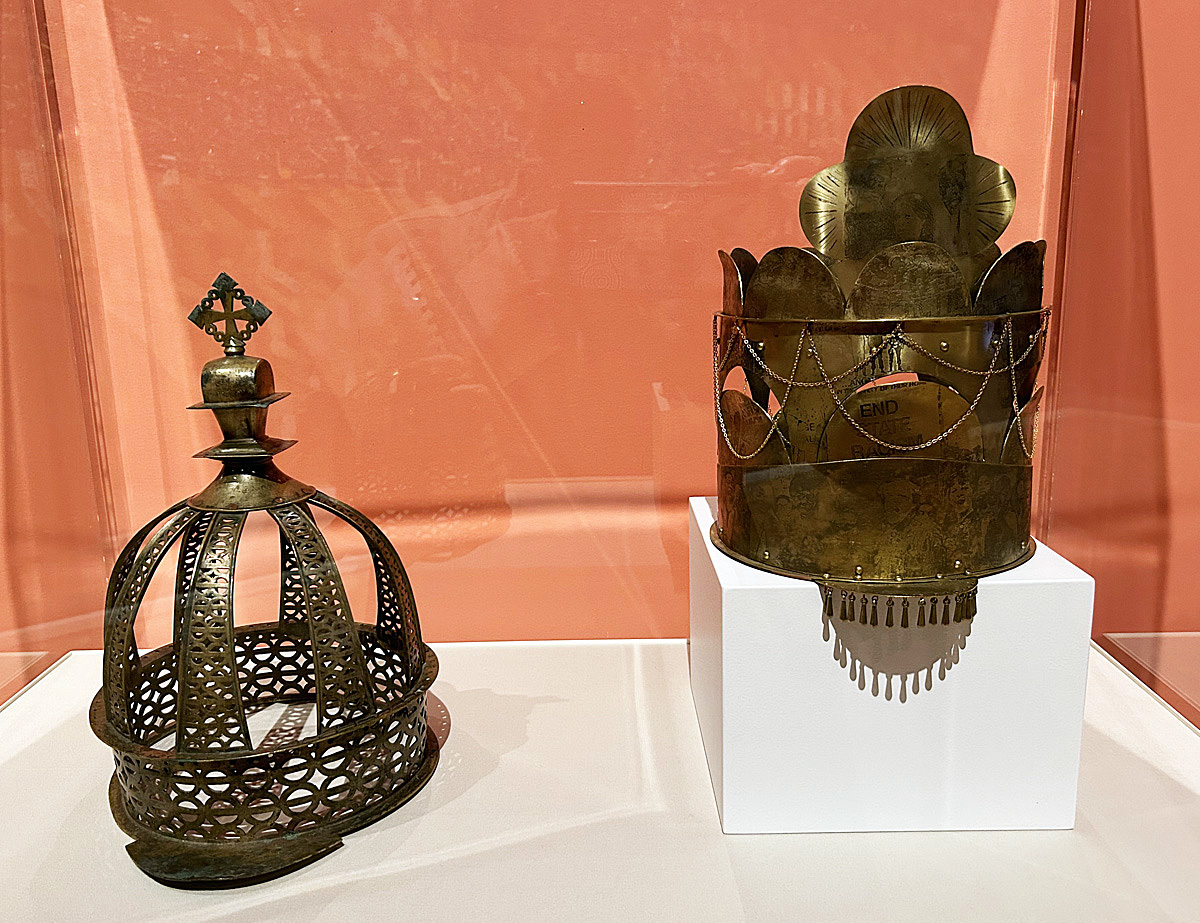
(l. – r.) Crown, 18-19 c., brass (Peabody Essex Museum) Helina Metaferia, Crown (Taytu) 2023, brass sculpture with etching (Toledo Museum of Art).


